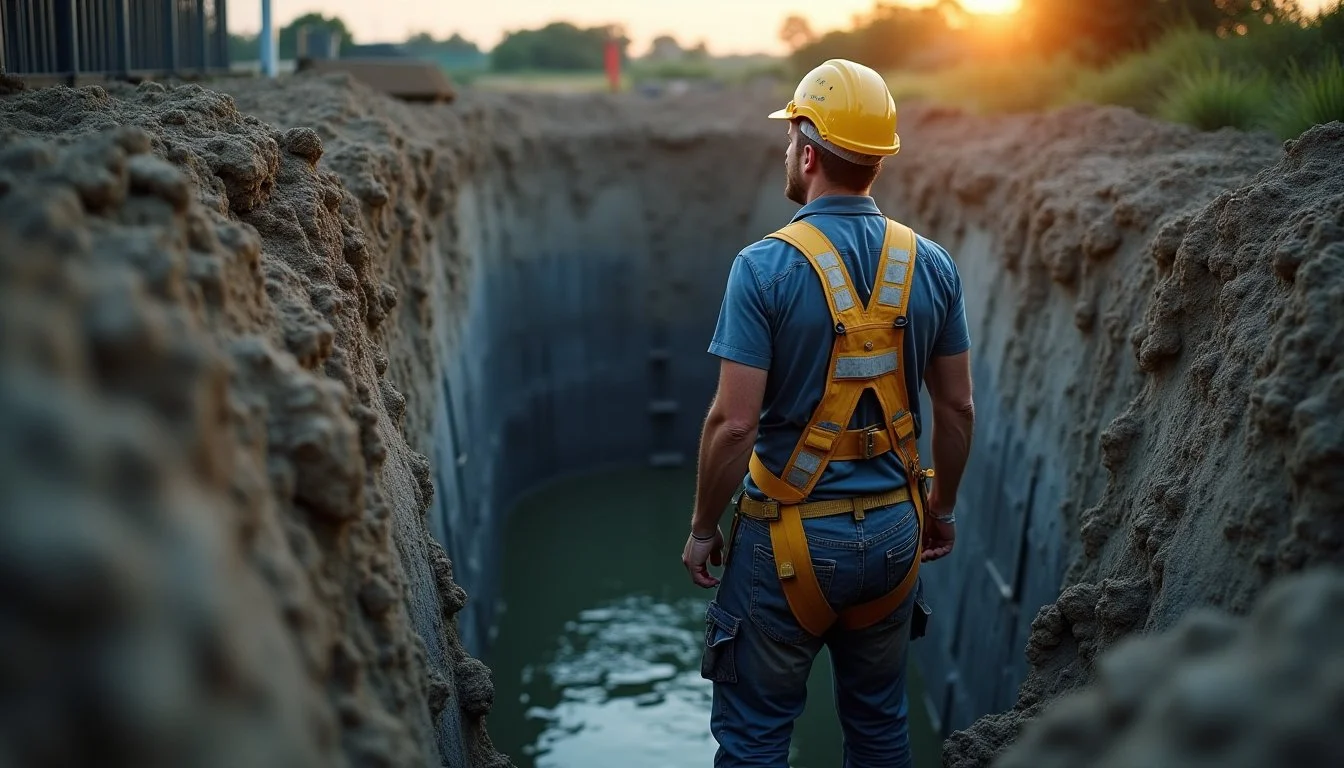
“One Mistake. One Fall. Get Trained.”
Working at Height
Working at Height Training – Stay Safe on every level.
Falls from height are the leading cause of workplace fatalities—but most are completely preventable. This course gives you the practical knowledge and confidence to work at height safely, protecting yourself and those around you.
What you'll learn
By the end of this Working at Height training course, you will be able to:
Outline your responsibilities for working at height safely.
Recognise the hazards and risks associated with working at height.
Explain the factors that contribute to persons and objects falling from height.
Select appropriate measures to control the risks from working at height.
Whether you’re on scaffolding, ladders, or mobile platforms, this training helps ensure you return safely—every time.

How it works….
On the course
At a glance…
6 - 12 delegates
Half day course
No qualifications or PPE required
This training course is delivered on-site at your location or at a training centre location and typically lasts half a day, No formal qualifications are needed to attend, making it accessible to all experience levels. Group sizes are kept small, usually between 6–12 delegates, to ensure focused, hands-on learning. Delegates are not required to bring any PPE for this training course
Module 1: Understanding the Risks of Working at Height
Working at height comes with serious risks—and this module shows you exactly what they are and how to manage them. You’ll learn what your employer must do to keep you safe, and what you’re expected to do to protect yourself and others, all in line with the Work at Height Regulations 2005.
For employers, managers, and supervisors, there’s optional content covering key responsibilities, including how to carry out an effective risk assessment before any work begins.
This module sets the foundation for safer decisions at every level.
Module 2: Control the Risk – On every level
In this module, you’ll learn how to apply the hierarchy of control to reduce the dangers of working at height. It breaks down the three key stages:
Avoid the risk wherever possible
Prevent falls with safe access equipment
Minimise harm if a fall does occur
You’ll explore how to safely select, and understand the risks associated with a variety of access solutions—like mobile access towers, MEWPs, ladders, and safety harnesses. It also explains when it’s acceptable to use ladders or stepladders, and how to do so safely.
By the end of this module, you’ll know how to choose the right equipment and the right level of control for every task at height.
Whether you’re planning the job or doing it, this module gives you the know-how to work smarter and safer at height.
Module 3: Choosing the Right Equipment & Being Ready for Emergencies
Building on what you’ve learned, this module focuses on how to select the safest and most suitable equipment for any work at height task. You’ll discover the key factors to consider—like the task, environment, duration, and condition of the equipment—and how to inspect gear before use to ensure it’s safe and fit for purpose.
You’ll also learn what to expect from your employer when it comes to emergency planning, and how you can prepare yourself for rescue situations—because being ready for the unexpected is part of staying safe at height.

Why Take This Course?
Falls from height are the leading cause of fatal injuries in UK workplaces—but they’re also largely preventable. Whether you’re working above or below ground level, you need to prove you’re trained, competent, and safe.
This course is essential for:
Employees, who need to recognise risks, follow safety procedures, and work confidently with height access equipment.
Employers and supervisors, who must plan tasks properly, carry out risk assessments, and meet their legal duty of care under the Work at Height Regulations 2005.
By completing this training, you’ll know how to choose and use the right equipment, follow emergency procedures, and help create a safer working environment for everyone involved.

Assessment
At the end of the course, learners will complete a theory-based assessment to confirm their understanding of safe working at height practices and responsibilities.
The assessment includes multiple-choice questions on:
The risks and legal duties related to working at height
The hierarchy of control: avoid, prevent, minimise
Selecting and inspecting appropriate access equipment
Using ladders, MEWPs, scaffolding, and fall protection safely
Emergency procedures and planning for rescue


